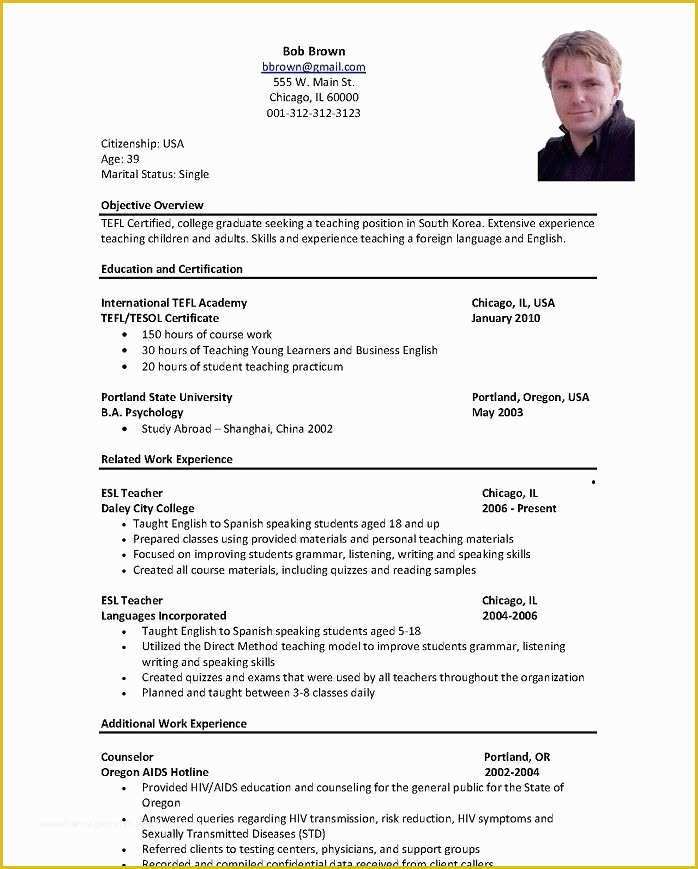image source: https://www.heritagechristiancollege.com
Are you looking to land your dream job? One of the most critical steps in the job application process is writing a CV, also known as a curriculum vitae. A well-written CV is the key to showcasing your skills, experiences, and qualifications to potential employers. In this article, we will guide you through the process of how to write a CV that will stand out and impress recruiters. Follow these tips and tricks to create a professional and effective CV that will help you land your desired job. Let’s dive in and learn how to write a CV.
Master the Art of CV Writing: A Comprehensive Guide on How to Write a Winning CV
Introduction
A curriculum vitae, commonly known as a CV, is a document that showcases your education, work experience, skills, and achievements. It is an essential tool in the job application process, as it is the first impression that potential employers have of you. A well-written CV can make you stand out and increase your chances of landing your dream job.
However, writing a winning CV can be a daunting task, especially if you are just starting your career or have limited experience in CV writing. With the job market becoming increasingly competitive, it is crucial to master the art of CV writing to stay ahead of the competition.
This comprehensive guide will take you through the essential steps of crafting a professional and effective CV. From understanding the purpose of a CV to choosing the right format and including the right content, this guide will equip you with the knowledge and skills to create a CV that will impress any employer.
Understanding the Purpose of a CV
Before we dive into the specifics of CV writing, it is important to understand the purpose of a CV. A CV is not just a document listing your qualifications and work experience; it is a marketing tool that sells your skills and abilities to potential employers.
The primary purpose of a CV is to get you an interview. It should showcase your relevant experience, skills, and achievements in a concise and compelling manner. A CV should also highlight what sets you apart from other candidates and convince the employer that you are the best fit for the job.
Choosing the Right Format
The format of your CV is crucial as it determines how your information is presented to the employer. There are three main CV formats: chronological, functional, and combination.
1. Chronological CV: This format lists your work experience in reverse chronological order, starting with your most recent job. It is ideal for those with a stable work history and clear career progression.
2. Functional CV: This format focuses on your skills and achievements rather than your work history. It is suitable for those who have gaps in their employment or are changing careers.
3. Combination CV: This format combines the elements of both chronological and functional CVs. It highlights both your skills and work experience, making it ideal for those with a solid work history and transferable skills.
Choose the format that best reflects your skills and work history and presents them in the most effective way.
Structuring Your CV
No matter which format you choose, your CV should be well-structured and easy to navigate. Here are the essential elements that should be included in your CV:
1. Personal Information: This includes your full name, contact details, and any relevant links (e.g., LinkedIn profile).
2. Personal Statement: This is a brief summary of your skills, experience, and career goals. It should grab the reader’s attention and entice them to continue reading.
3. Work Experience: List your work experience in reverse chronological order, including your job title, company name, dates of employment, and key responsibilities and achievements.
4. Education: List your educational qualifications, starting with the most recent. Include the name of the institution, degree obtained, and any relevant coursework or projects.
5. Skills: Highlight your key skills that are relevant to the job you are applying for. These could include technical skills, languages, or soft skills such as communication and teamwork.
6. Achievements: Showcase any notable achievements, awards, or recognition you have received in your career.
7. References: You can either include the names and contact detailsIn conclusion, learning how to write a CV is an essential skill for job seekers in today’s competitive market. By following the tips and strategies outlined in this guide, you can create a professional and effective CV that will help you stand out to potential employers. Remember to highlight your relevant skills, experience, and accomplishments, and tailor your CV to each specific job application. With these steps, you can confidently present yourself as a strong candidate and increase your chances of landing your desired job.
